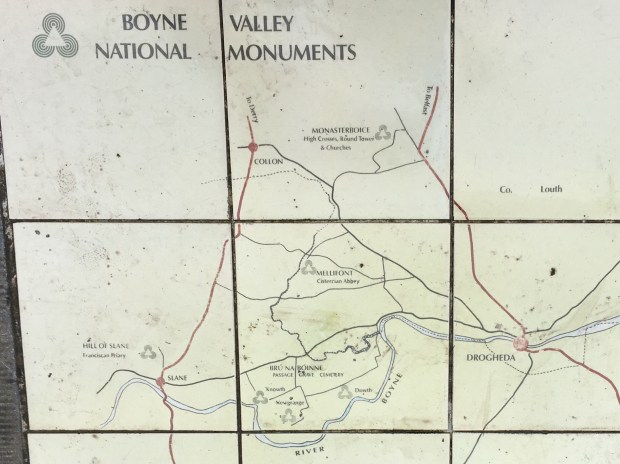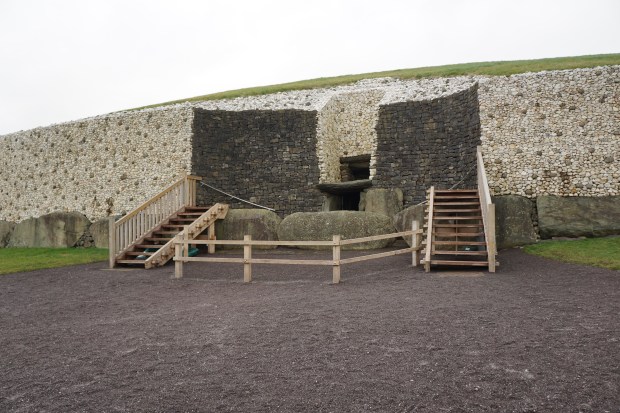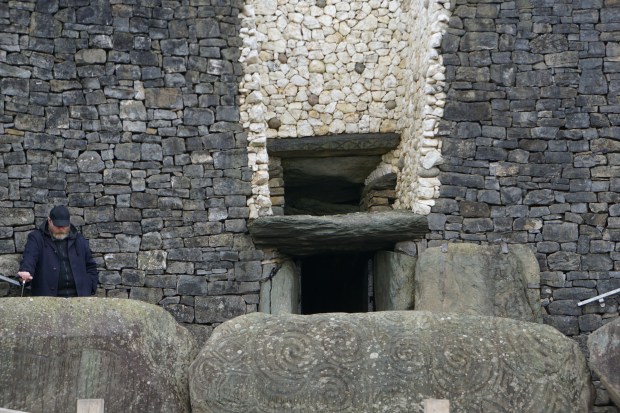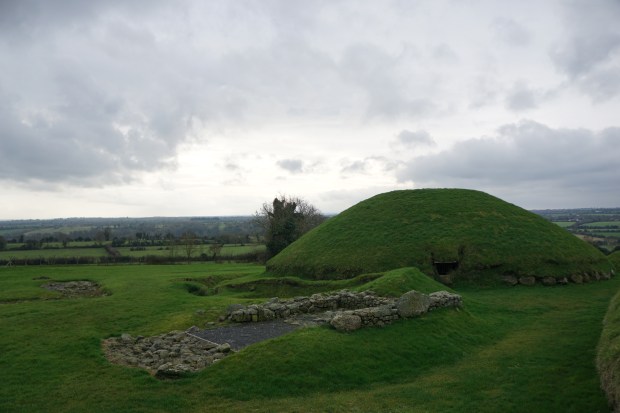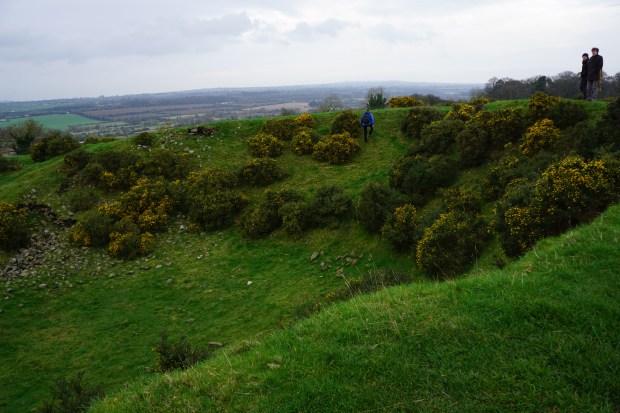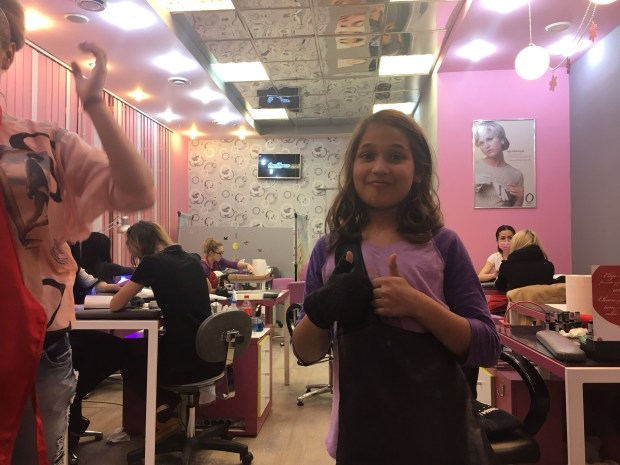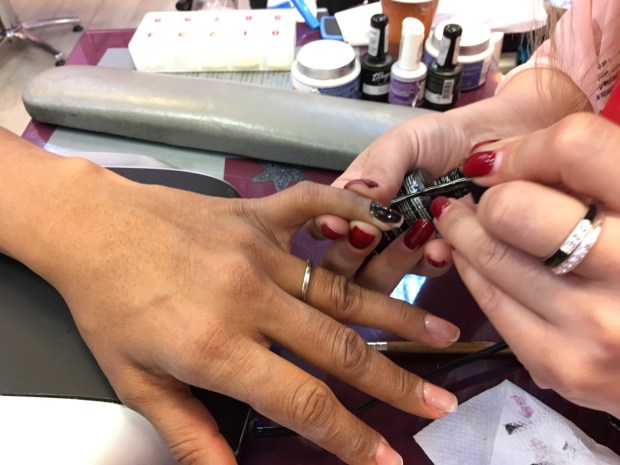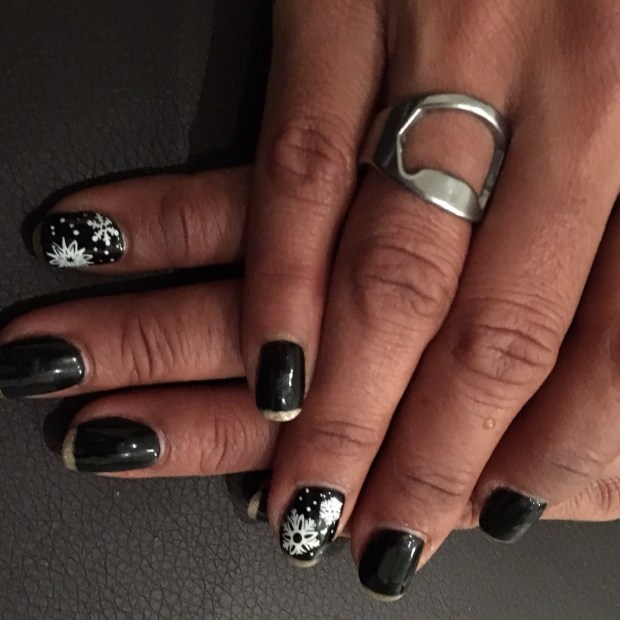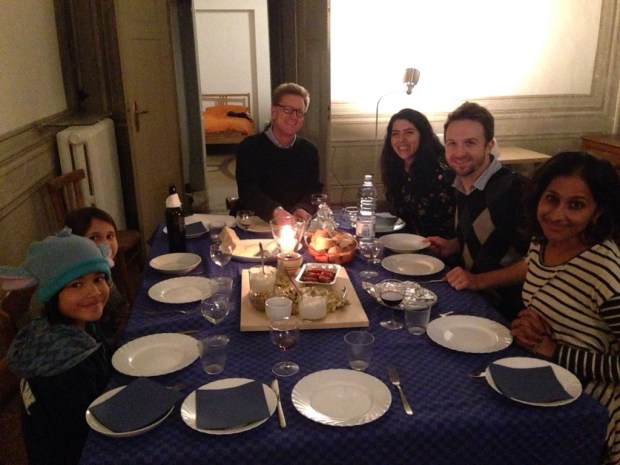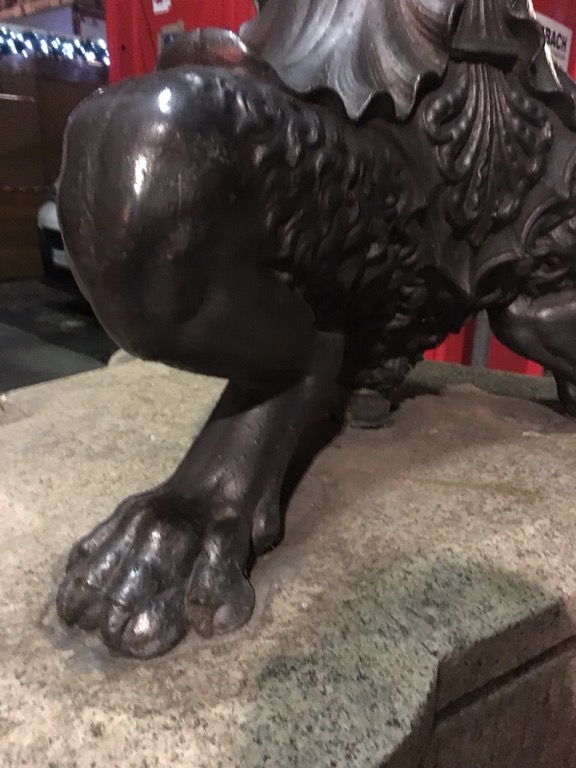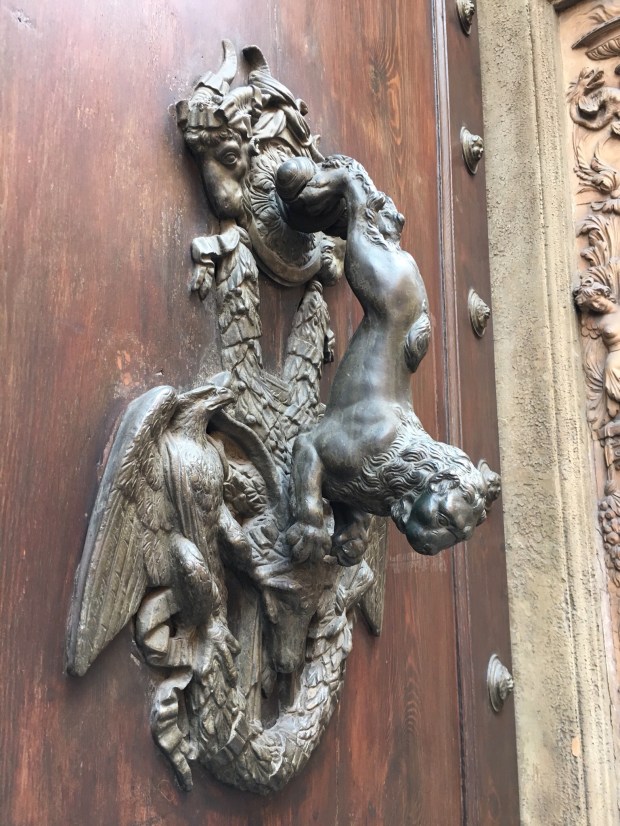I knew I’d have a lot to learn working as a doctor in a new country, but I didn’t think it would start before I entered the hospital.
I walked up to the hospital on my first day of work, held my badge up to the double doors and expectantly waited for them to open for me. They did not. I flashed my badge a few times, looking like a proper idiot, wondering if the doors weren’t working. I then realized that I had to manually open the doors here and walked on in. I had two days of a gentle orientation before beginning to see patients, where I got a tour of the hospital, filled out important paperwork and was introduced to nearly everyone and welcomed warmly.
On Wednesday, it was time to start the real doctoring.
Things run a lot differently here than I’ve been used to. Some of that is simply because I’m working in a small rural hospital instead of the large urban center I was at. Some of it is because I’m working with the New Zealand medical system, and some is because I’m taking care of New Zealanders and not Americans, who seem to approach their healthcare quite differently.
I came into morning report, a gathering of the doctors on for the day, the head nurse, physical and occupational therapists, pharmacists and other members of the care team. We listen to the new patients admitted overnight and then run through our list of patients to see what is needed from members of the care team. I picked up my list of five new patients to start seeing that day and met up with my house officer. The training system in New Zealand is beyond my capacity to understand – from what I can tell, the educational level of the H.O.’s is about that of a 3rd or 4th year medical student, but they function much as interns. It’s also not necessarily linear in a way that’s incomprehensible to me. My house officer, upon later conversation, casually mentioned that he was going to quit to go travel for 6 months and planned on returning. I’d like to find a residency in the States that would let that happen!
I went to see one of my first patients, a man who needed a procedure done to drain fluid out of his body. He was on a blood thinner, though, making it more dangerous. I approached this the way I do with my American patients, carefully explaining to him and his family the risks and benefits of the procedure, the possibility of increased bleeding, what we would do to prevent this from happening, and how we couldn’t do much if bleeding happened. I asked at the end if he would like to think about it and we could return later, which would be pretty typical at home. “Nah, I guess we’ll just go for it.” I blinked a few times, as it seemed a bit too easy. “You’re…sure you don’t have any other questions?” “Nah, if it’ll help me feel better let’s just do it.” We set up the procedure for the next day, and it went swimmingly.
I saw another patient who was in for a heart issue for which ultimate diagnosis would require an echocardiogram, or an ultrasound of the heart. The only problem was that it was Wednesday, and echoes are only done on Tuesdays and Fridays, and even then only four on a single day. If you’re the fifth patient, too bad, you’re going to have to wait. If you need a more urgent echo, you’ll have to be driven an hour away to Tauranga to a larger hospital. This is utterly unheard of in urban centers, where I would roll my eyes at an echo taking more than a few hours to obtain. Feeling sheepish, I went into discuss this with the patient, expecting anger and incredulity at the inefficiency of the system. “Oh, no problem,” was the reply, “If we can’t get it on Friday my daughters can just drive me up to Tauranga to get one.” I was forced to use actual clinical skills to diagnose and treat her without the technological test, which ultimately did get done on Friday.
Another thing we don’t have available that I’m used to : consultants. There’s a surgical team and an orthopedic team, but other than that, there are no medical subspecialties here at all. If someone really needs to be seen by a cardiologist (heart) or a nephrologist (kidney) we ship them to Tauranga hospital for evaluation. Once the patient has been seen and recommendations given, they’ll be shipped back for us to continue the remainder of their hospital stay.
At home, I’m used to doing all the primary work of doctoring myself by which I mean writing notes, ordering medications and tests, following up, and taking calls from nurses if something goes wrong. Here, my house officer does all of that for me. I look up pertinent information before seeing the patient, and then we see the patient together, and then I just tell him what needs to be done and written and…it gets done. It leaves me feeling a little unmoored to be honest, and without me sitting down and looking through all the details of the chart as I write, I keep feeling like I’m missing something. Somewhere along the way I’m supposed to be teaching them something, but I’m okay with letting that slide for a couple weeks while I figure out the system myself.
Being in a nationalized health care system means that there are stricter limitations on what medications you can use in the hospital, especially antibiotics. A patient who comes in with pneumonia in the U.S. would reflexively be prescribed ceftriaxone and azithromycin or levofloxacin for treatment. There are infection nurses who look over more unusual antibiotic choices to regulate those, but no one would stop you from prescribing ceftriaxone. I had to call an Infectious Disease doctor to order it as part of a combination treatment for a patient of mine who came in with pneumonia and got worse with outpatient Augmentin pill therapy. The doctor paused for a second before she said, “I don’t think that’s necessary yet, let’s try IV Augmentin first.” I was denied. (The patient did, though, get better with the IV Augmentin, I must admit.)
There are at least a few patients daily who hear my accent and take the time to tell me what an unhinged lunatic Trump is. One guy, hardly able to breathe with a lung problem, still took time to squeak out that he thought Trump would be the last president of the United States as we know it. It’s a common feeling here, where the U.S. is currently regarded as something of a laughingstock.
All in all I’m enjoying the new gig, though I feel I’ve got a lot of learning to do before I get a handle on how things really work.
-s



